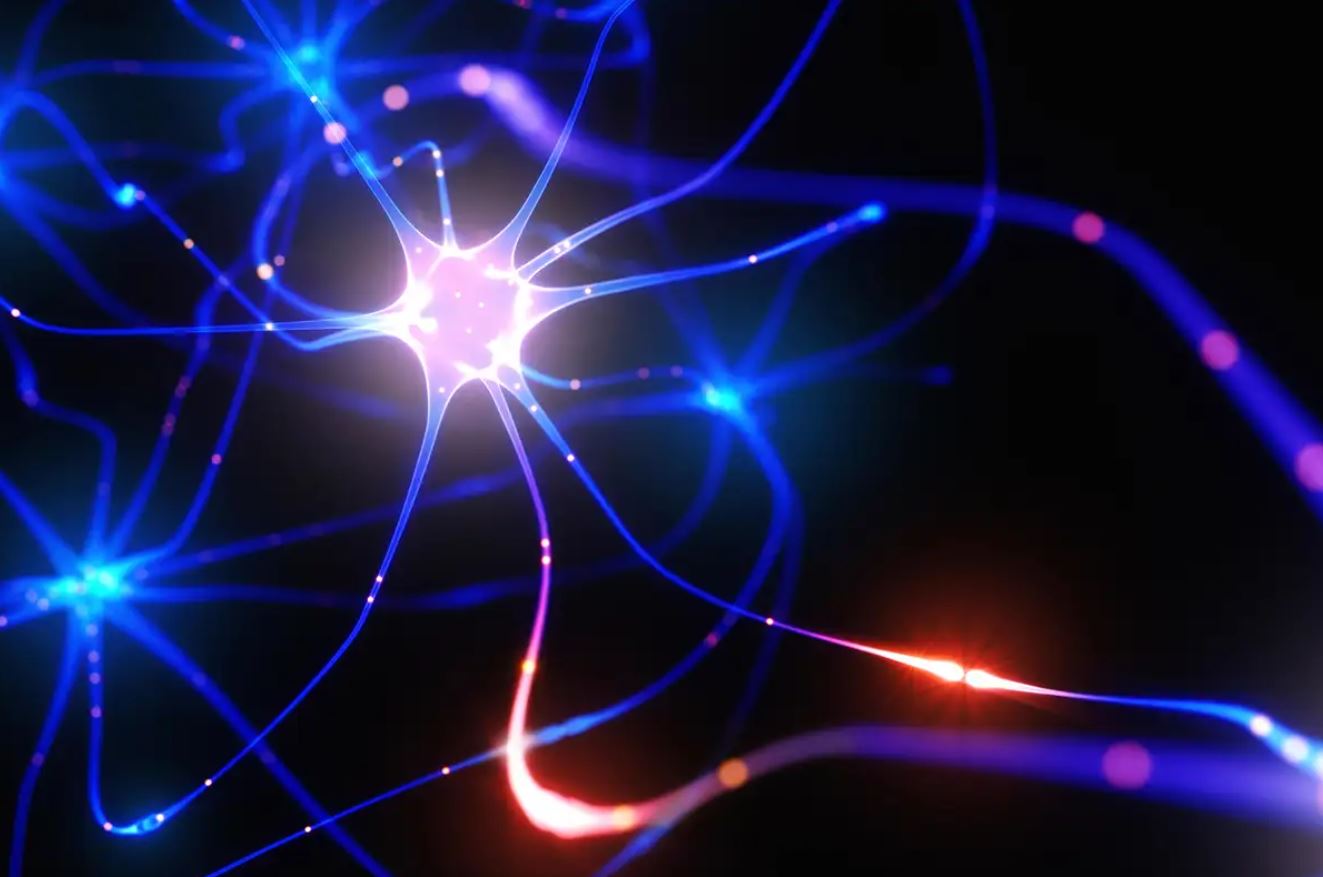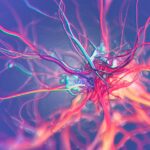 Have you ever thought of neurons as simple switches in the brain? Well, it turns out they’re much more complex and fascinating than that. Recent research is shaking up our understanding by showing that neurons are like mini-computers, each with its own set of capabilities. Let’s dive into how these discoveries could change the way we think about learning and memory.
Have you ever thought of neurons as simple switches in the brain? Well, it turns out they’re much more complex and fascinating than that. Recent research is shaking up our understanding by showing that neurons are like mini-computers, each with its own set of capabilities. Let’s dive into how these discoveries could change the way we think about learning and memory.
In a groundbreaking study, scientists at the University of California, San Diego, observed the brain activity of mice as they learned new motor skills. What they found was intriguing: synapses—the connections between neurons—don’t all play by the same rules. Depending on where they’re located on the neuron, they can form local connections or reach out to form longer circuits. According to William “Jake” Wright, one of the study’s authors, this gives us a new perspective on how learning actually changes the brain.
Why does this matter? Well, understanding these nuances could lead to big advancements in artificial intelligence. By mimicking how synapses work in our brains, we might be able to create more sophisticated neural networks in AI systems. Traditionally, we’ve thought of neurons as singular entities, but now we know that their dendrites—the branches that extend from the neuron—can function independently.
The researchers used genetically modified mice to track the activity of individual synapses in the part of the brain responsible for movement. Over two weeks, they noticed that synapses on different dendrite branches behaved uniquely. For example, synapses on the apical dendrite quickly formed connections with nearby neurons, while those on basal dendrites adjusted based on the overall activity of the neuron. This suggests that neurons are capable of performing varied computations in different parts of their structure, challenging our previous understanding of synaptic plasticity.
This discovery opens up new possibilities for understanding the brain’s complexity and how memories are formed. The techniques used in the study could help us explore how different neural networks develop and operate, potentially providing insights into memory-related disorders like Alzheimer’s and autism.
Understanding the independence of certain dendritic branches might also reveal new aspects of how we store memories and learn while we sleep. The ongoing research aims to uncover how these neuronal functions change in various neurological conditions, offering hope for new treatments and therapies.








